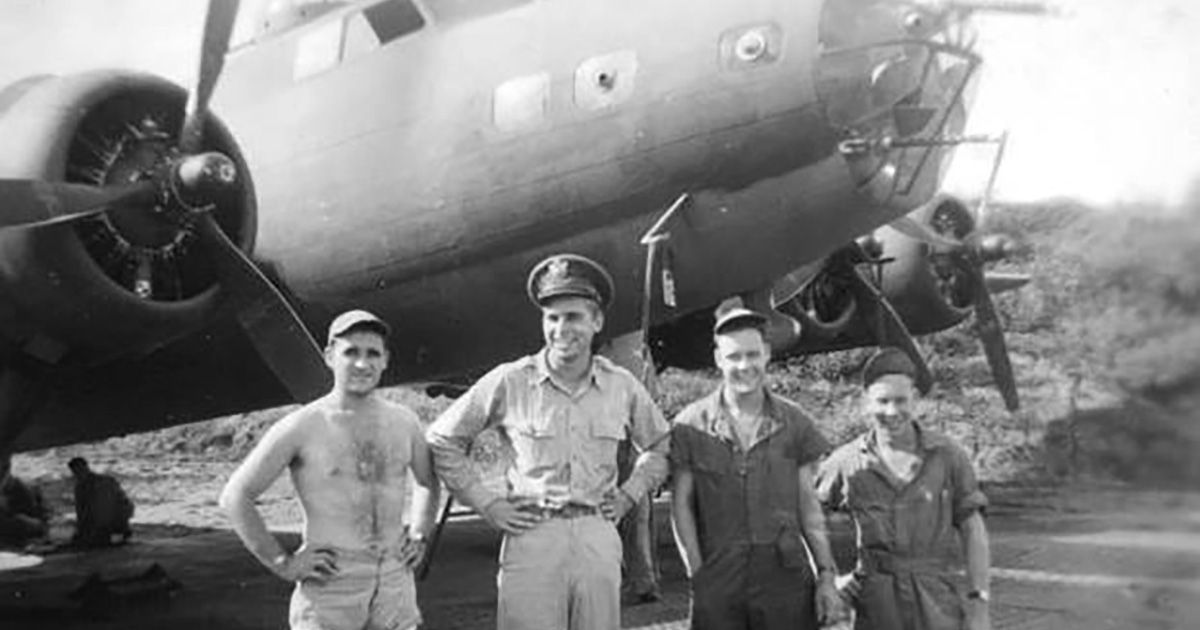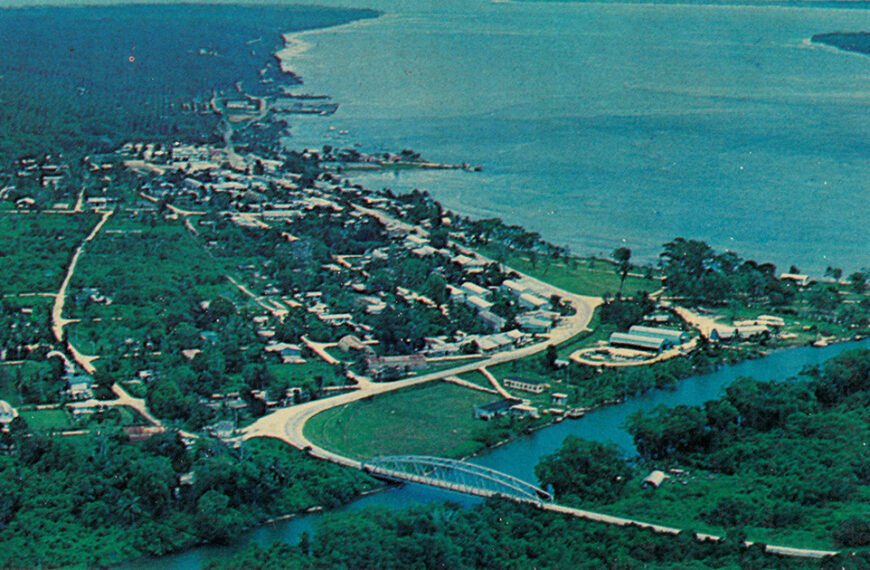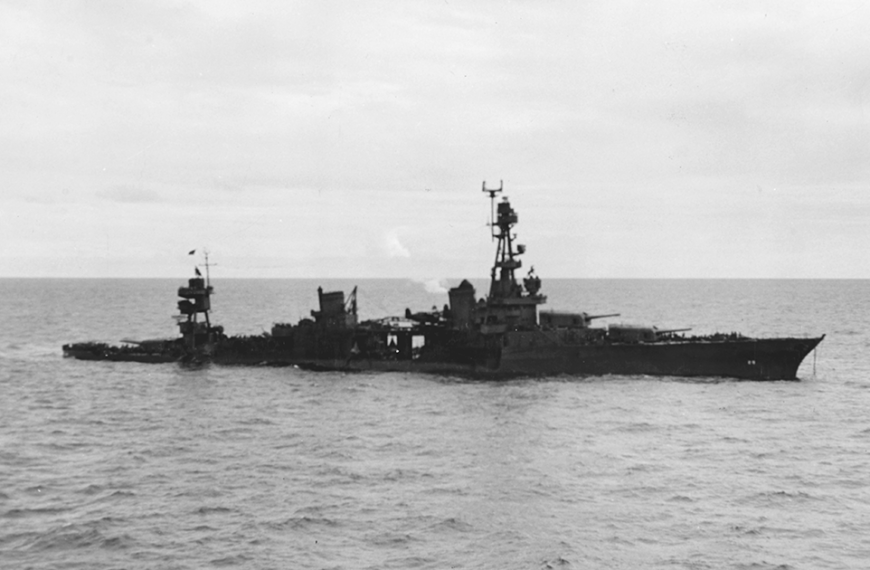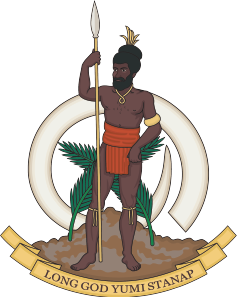He gave us some of Hollywood’s most iconic lines, such as “beam me up Scotty”, “I’m giving her all she’s got captain” and “live long and prosper”. However, unknown to many of the millions of Star Trek fans around the world, was that its creator almost died in a B-17 bomber crash on Espiritu Santo.
Nine months after Pearl Harbour in September 1942, Second Lieutenant Eugene (Gene) Roddenberry joined the 394th squadron, 5th Bombardment Group, destined for the Pacific war.
Initially operating out of Hawaii, it wasn’t until January 1943 that Gene and his squadron began flying out of Espiritu Santo. Their missions included bombing attacks at daylight, dusk and night. They would fly in small formations of four to eight planes, and with no fighter escort.
Espiritu Santo at this time had several very large airfields – known as Fighter 1, Bomber 1 and Bomber 2. The crew would also rotate through forward operating bases such as Guadalcanal.
Espiritu Santo was in fact the least popular of the bases for the bomber pilots, even less popular than Guadalcanal.
Given the natural beauty of the island and the fact it was hundreds of miles from direct combat, that may seem a little odd. But Espiritu had a special charm, stemming from the bulldozing of hundreds of coconut palms into piles to make way for the taxiways and runways of the airfields. Those became home to thousands of rats, if not more. The bomber crews would try to sleep in two-men tents, with a trench nearby as a bomb shelter. However, their sleep was continually interrupted by rats running across their faces.
On August 2nd, 1943, Gene Roddenberry climbed onboard B-17 ‘Yankee Doodle’. Their mission was a reconnaissance of the waters around the island, scanning for enemies. Long and tedious work, but no one would have been thirsting to meet the Japanese.
It was 5.50am. There was still mud on the Marsden matting and coral runway of Bomber No. 2 from the regular tropical rain.
The initial ground roll began like any other mission. As the big four-engine aircraft began gathering speed, pilot Roddenberry realized the B-17 was never going to develop enough power to take off.
Gene tried to abort. He chopped the throttles and immediately applied the brakes. But the brakes failed completely. His last hope was to do a ‘ground loop,’ whipping the bomber around one way and stalling its speed. But that required releasing the tail-brake. Once again, the plane malfunctioned and the tail brake failed to disconnect.
The B-17 careered 500 feet past the end of the runway, ending in a thicket of palm stumps and crushing the nose of the plane. A fire broke out, and most of the crew escaped. However, bombardier Sgt. John Kruger and navigator Lt. Talbert Wollam did not survive.
Gene was cleared of error in the crash. He would fly several more missions (his self-calculated tally was 89) before being sent back to the US as an air crash investigator.
Postwar, he joined Pan Am and could well have died once more – this time in a horrific crash into the Syrian desert, where he heroically saved survivors from a burning plane. But thankfully for all us ‘Trekkie’ fans, he survived the crash.
Later, Gene followed in his father’s footsteps and joined the Los Angeles Police Department. While employed there, he began freelance writing scripts for television.
In 1964 he created Star Trek which premiered in 1966. It only lasted three seasons but refused to die, as syndicated re-runs kept it before the public and the Star Trek phenomenon just… took off.
Star Trek’s Enterprise was originally going to be named Yorktown, but Roddenberry said in an interview that he’d been an Army bomber pilot and was fascinated by the Navy and particularly the story of the Enterprise. He had always been proud of the ship and wanted to use the name.
It is also believed that his original inspiration for the name began when he saw the carrier anchored in the harbour just off Luganville! Whether that’s true or not, who knows. But it could probably be best summed up in a line from Captain James T. Kirk, when he said, “sometimes a feeling is all we humans have to go on.”
Excerpts of this story come from a piece written by the Museum’s former VSA Communications Advisor Kevin McCarthy for Island Life Magazine.








